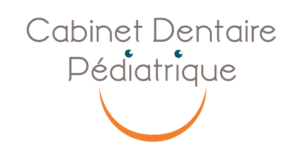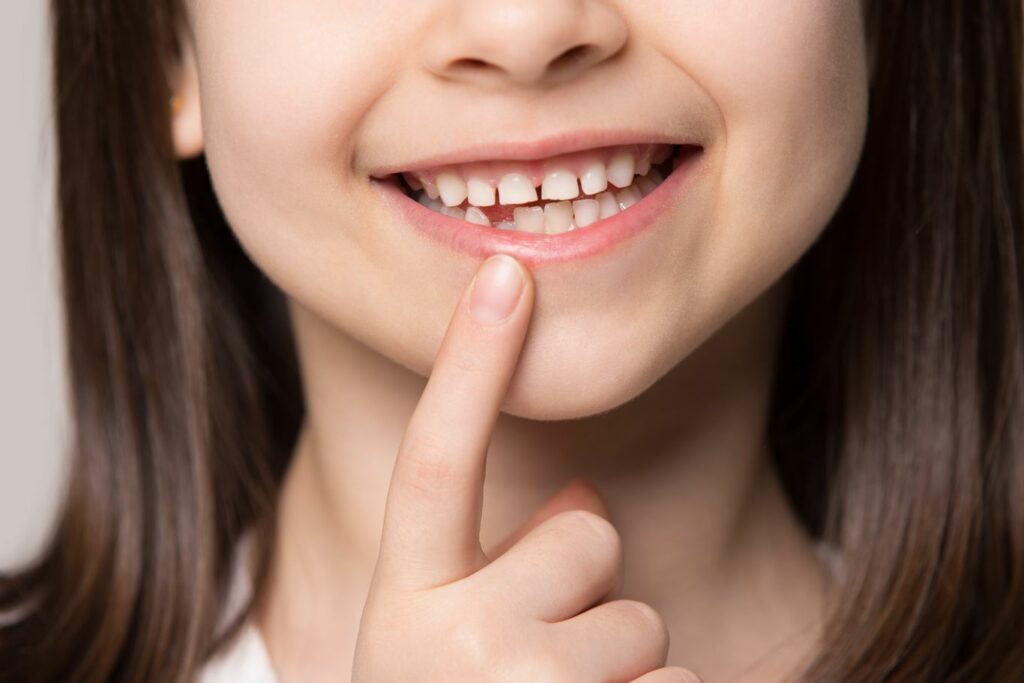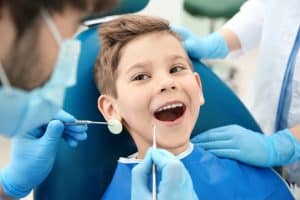As early as 6 months of age, the first teeth of babies start to grow, these are the milk teeth. Despite their resemblance to permanent teeth, milk teeth are different from permanent teeth in several ways. Knowing how to take care of baby teeth is essential for the good health of future permanent teeth.
Find out everything you need to know about the appearance of baby's teeth.
How to define and recognize a baby tooth?
The milk teeth are the first teeth of babies and they start to grow around the age of 6 months.
These temporary teeth are essential to the proper development of young children. They allow them to learn how to speak and eat. They also serve as a guide for the growth of future permanent teeth.
There are several characteristics that allow us to recognize a baby tooth:
- They are smaller than the permanent teeth to fit the size of the baby's jaws,
- They have a whiter shade than permanent teeth.
How many baby teeth do children have?
In total, the child's temporary dentition is composed of 20 milk teeth compared to 32 permanent teeth for adults.
Among the milk teeth of the child, we find eight molarseight incisors (four lateral and four central) and four canines.
Become an expert on the number of teeth of a child thanks to our article dedicated to this subject.
The characteristics that make it possible to recognize baby teeth
The structure of milk teeth is generally identical to that of permanent teeth. However, milk teeth have some particularities:
- A smaller size to fit the jaw size of young children,
- Thinner enamel increases the risk of cavities,
- A lighter, whiter shade than the permanent teeth,
- A resorption of the roots of the milk tooth during the growth of the permanent tooth.
What are the differences between baby teeth and permanent teeth?
Despite their similarities, deciduous and permanent teeth show some differences:
- The biggest difference between baby teeth and permanent teeth is the number of teeth: 20 baby teeth versus 32 permanent teeth,
- The roots of deciduous teeth are also shorter and they are not anchored deep in the jaws so that they can fall more easily.
- Milk teeth have a thinner enamel layer and a larger pulp (the nerve and vascular-nervous bundle) than permanent teeth in relation to their size. In case of a cavity, the lesion will reach the nerve of the tooth more quickly.
- Temporary incisors have smooth edges unlike permanent incisors which have serrated edges. However, this serrated edge on permanent teeth fades on its own as the teeth wear.
Why take care of baby teeth?
Even though baby teeth are temporary teeth, it is important to take care of them. Indeed, poor health of the milk teeth can have consequences on the permanent teeth.
As early as age 2, your child can visit a pedodontist to check the health of his or her teeth. Poor brushing habits or poor jaw position due to thumb sucking can lead to more serious dental problems in adolescence.
A regular follow-up with a specialized dentist allows to treat and to keep the milk teeth of your child.


